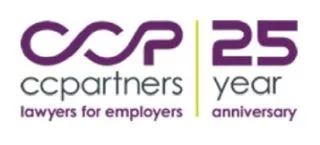Under the Occupational Health and Safety Act (OHSA) the Chief Prevention Officer (CPO) has the authority to establish standards for training programs required under the OHSA and its regulations, and to approve the training programs which meet those standards as well as the authority to establish standards which must be met in order for a training provider to be approved to deliver the approved training program. In an effort to strengthen the workplace safety culture in construction and reduce the number of accidents due to falls from heights, the new Working at Heights Training Standard will come into effect on April 1, 2015. The new Training Standard's purpose is to establish a minimum standard for high quality and consistent training.
Currently, under the Occupational Health and Safety Act, Construction Regulation 213/91, there already exists the obligation to protect workers and train when exposed to the hazard of falling. Specifically, section 26 of the Regulation states that:
Sections 26.1 to 26.9 apply where a worker is exposed to any of the following hazards:
- Falling more than 3 meters.
- Falling more than 1.2 meters, if the work area is used as a path for a wheelbarrow or similar equipment.
- Falling into operating machinery.
- Falling into water or another liquid.
- Falling into or onto a hazardous substance or object.
- Falling through an opening on a work surface.
Sections 26.1-26.9 set out various protections and requirements that must be met to protect the worker from the hazards. These requirements have been in place for many years and require workers to be trained to them. Once a worker was trained there was no legislative requirement to retrain or refresh workers information although many employers did so as part of their Health and Safety programs.
As of April 1, 2015, for those workers who already meet the existing fall protection training, as noted above, they will have until April 1, 2017 to complete the training now being set out in the Standard.
Working at Heights Training Providers must be approved by the CPO for the training program to qualify as a Working at Heights Training Program. Criteria for providers are set out in the Working at Heights Training Provider Standard. A list of the approved providers can be found on the Ministry of Labour website.
Click HERE for a list of lawyers from CCP who are happy to answer any of your questions with respect to obligations under the Occupational Health and Safety Act.
The content of this article is intended to provide a general guide to the subject matter. Specialist advice should be sought about your specific circumstances.


